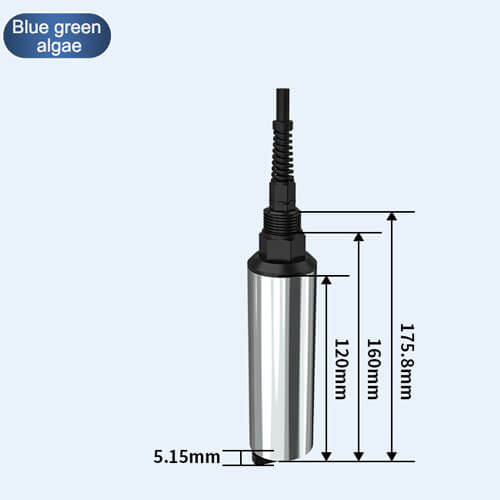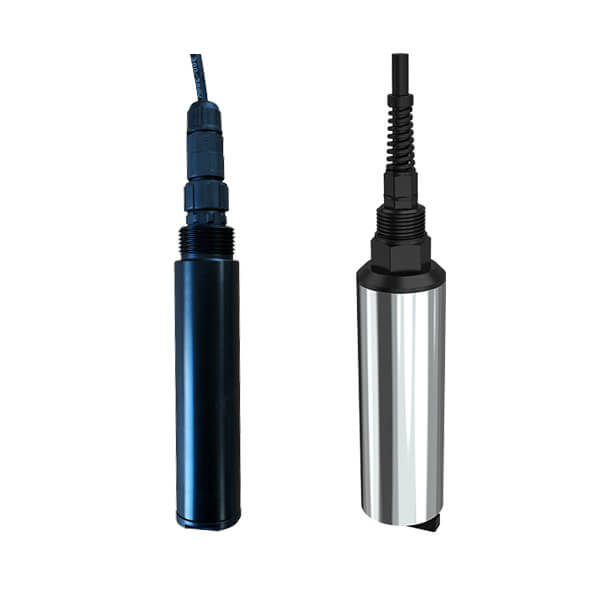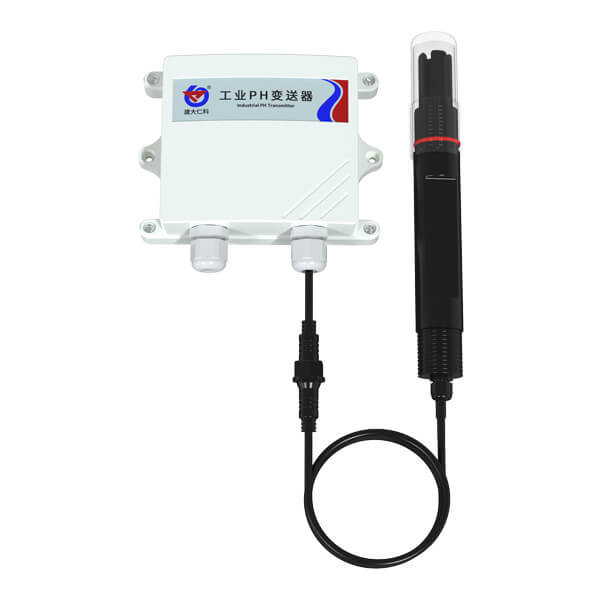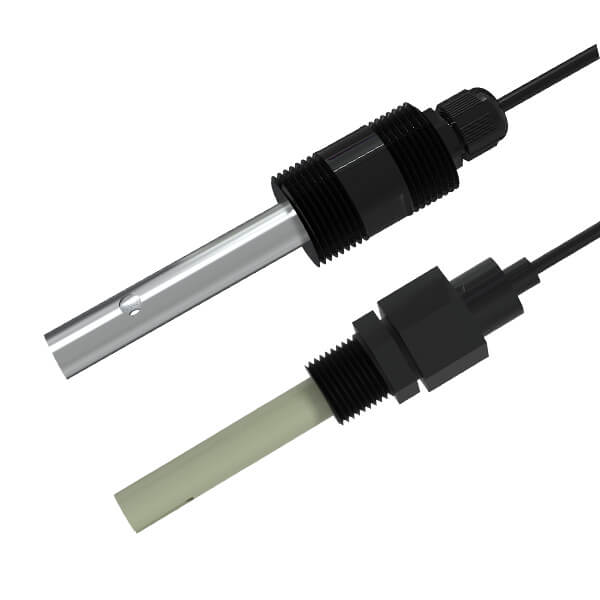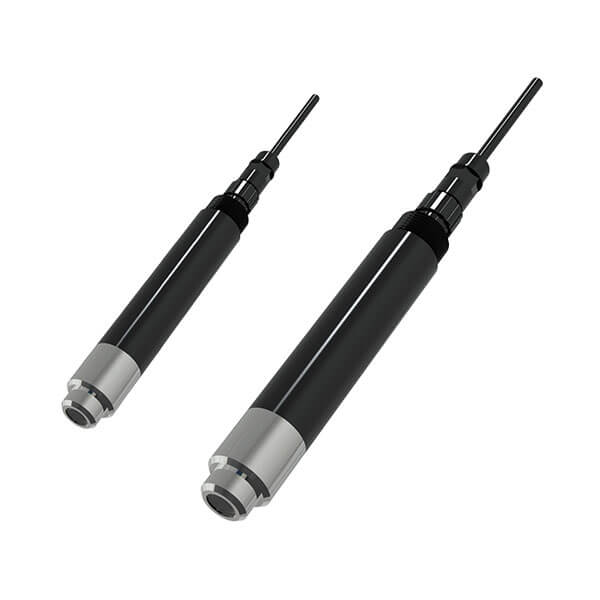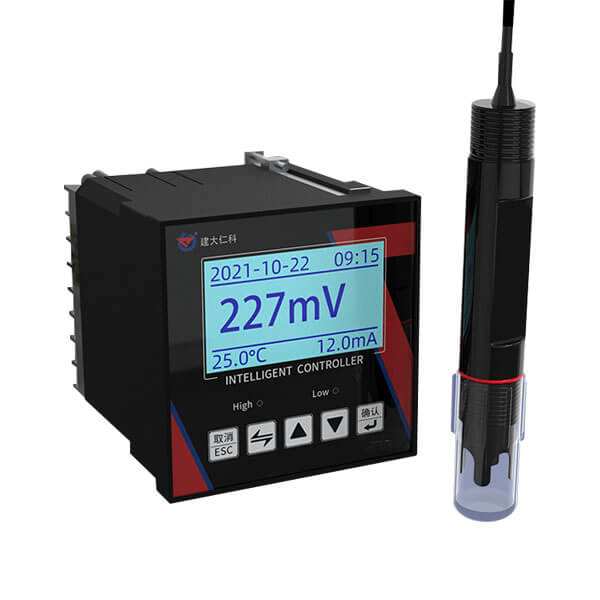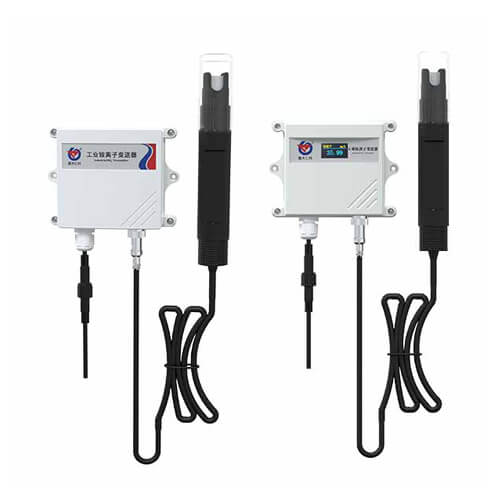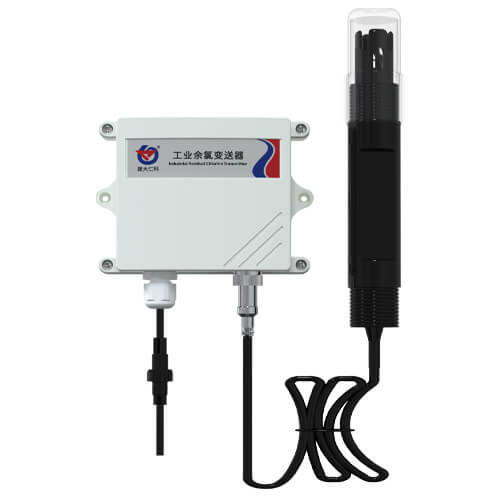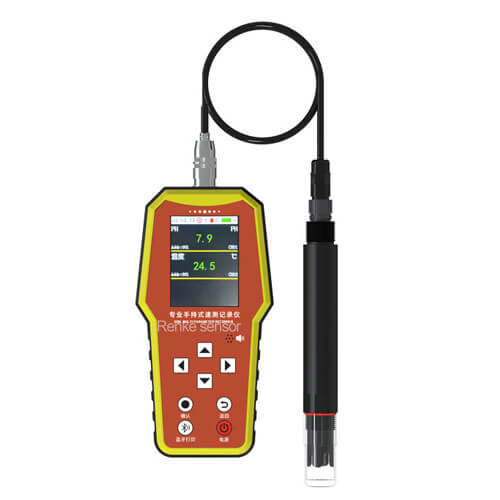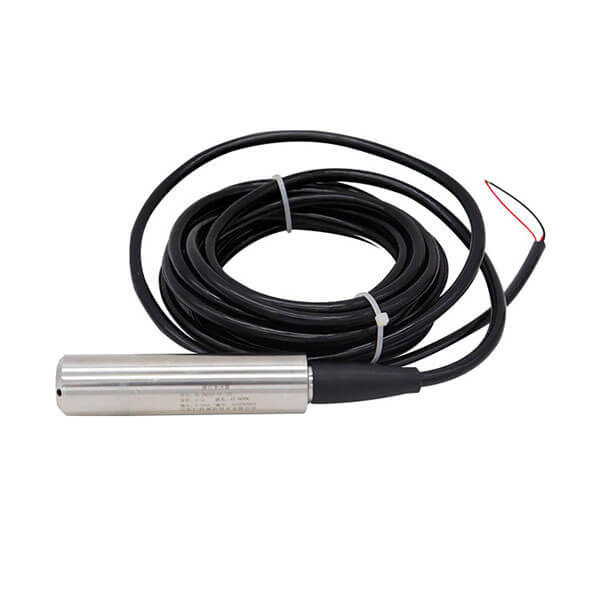Chlorophyll sensor
The chlorophyll sensor adopts leading optical technology with an automatic cleaning brush, which can automatically monitor the chlorophyll content in water in real time. The blue-green algae sensor adopts the principle of the fluorescence method, which can play an early warning role in the reproduction of algae. Using RS485 output mode, the signal is stable and the data is accurate.
- Model: RS-CH-N01-2 / RS-BA-N01-1
- MOQ: 1 PCS
- Delivery date: within 24 hours
- Price: $587.1
RS-CH-N01 is a device for measuring chlorophyll concentration in water. It is based on the principle of fluorescence and uses the design method of optical fiber to guide the light path. The internal filter algorithm is added, and the ability to resist external light interference is strong. Built-in temperature transmitter can automatically perform temperature compensation. The chlorophyll sensor outputs relative fluorescence units, and the concentration value of chlorophyll can be analyzed according to the fluorescence intensity. Chlorophyll sensor is widely used in the research and detection of rivers, lakes, ponds, marine surveys, aquaculture, drinking water sources, algae and phytoplankton.
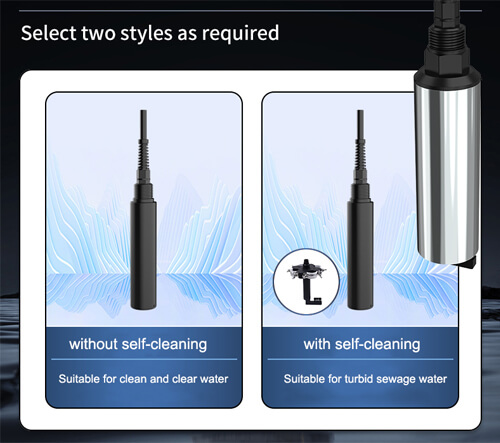
Chlorophyll Sensor Parameters
1. Measuring range 0~400ug/L.
2. The waterproof grade of the chlorophyll electrode is IP68.
3. Light filtering algorithm, strong resistance to external light interference, automatic temperature compensation, suitable for online long-term detection environment.
4. RS485 communication interface: MODBUS RTU communication protocol can be easily connected to a computer for monitoring and communication. The ModBus communication address can be set, and the baud rate can be modified.
6. The chlorophyll sensor is powered by a wide voltage, DC 7~30V.
Precautions and Maintenance
1. When the chlorophyll sensor has an obvious failure, please do not open it to repair it yourself, and contact us as soon as possible!
2. Before measuring, the black rubber protective cover should be removed.
3. The chlorophyll sensor measuring probe attachment should be cleaned regularly according to the use environment, as the attachment will lead to measurement errors. Avoid scratching the light guide part of the probe during cleaning. (recommended cleaning every 30 days)
4. It is recommended to clean the outer surface of the chlorophyll sensor with water flow, if there is still dirt remaining, please wipe it with a soft damp cloth.
5. The chlorophyll sensor should be calibrated before each use. For long-term use, it is recommended to calibrate once every 3 months. The calibration frequency should be adjusted according to different application conditions (the degree of dirt in the application, the deposition of chemical substances, etc.).
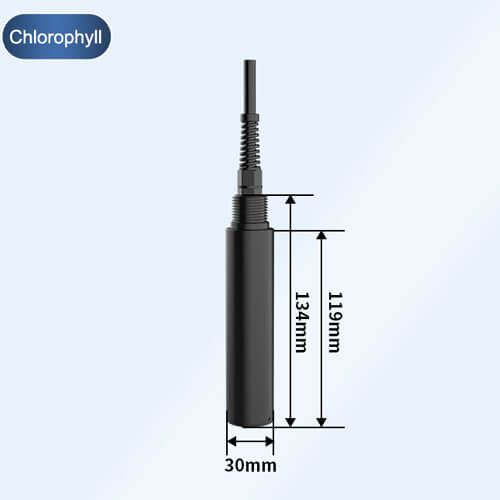
View - Blue-green Algae Sensor
The blue-green algae sensor is a device that monitors the concentration of blue-green algae in water in real time. Using the principle of fluorescence method, compared with the traditional manual counting method, it is more efficient and faster, and can be monitored in real time online. The blue-green algae sensor has better repeatability and stability. With automatic cleaning brush, it can eliminate air bubbles and reduce the influence of dirt on the measurement results. Long service life, long-term online use can maintain excellent stability. It can play an early warning role in the excessive reproduction of algae.
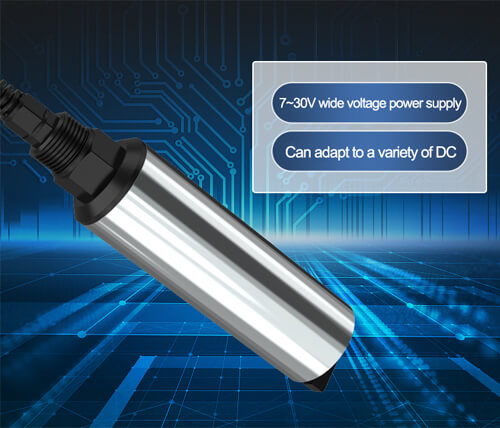
Blue-green Algae Sensor Parameters
1. Digital transmitter, RS-485 output, support MODBUS
2. With automatic cleaning brush to prevent stains and eliminate air bubbles
3. Direct measurement, easier than traditional manual counting method
4. Online continuous monitoring, real-time control of water quality dynamics
5. After 18 months of continuous use, it needs to be returned to the factory to replace the dynamic sealing device.
Maintenance
1. The outer surface of the blue-green algae sensor: wash the outer surface with tap water. If debris remains, wipe with a soft, damp cloth. For some stubborn dirt, you can add some household detergent to tap water to clean.
2. Check the cable of the sensor: the cable should not be tight during normal operation, otherwise it is easy to break the cable internally and cause the sensor to not work normally.
3. Check whether the measurement window of the sensor is dirty and whether the cleaning brush is normal.
4. Check whether the cleaning brush of the blue-green algae sensor is damaged.
5. The online algae density sensor is equipped with an automatic cleaning brush, which can be cleaned automatically and does not need to be cleaned frequently.
6. The probe contains sensitive optical and electronic components to ensure that the probe is not subject to severe mechanical impact. There are no maintenance parts inside the probe.
